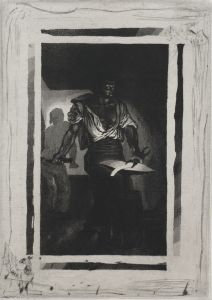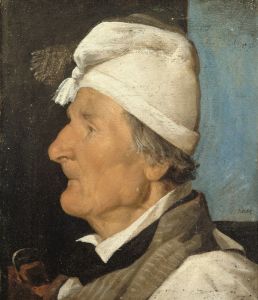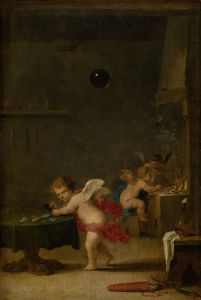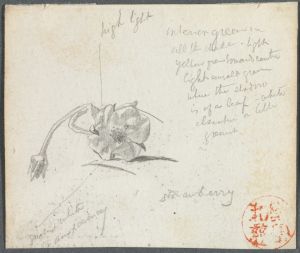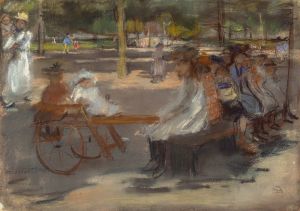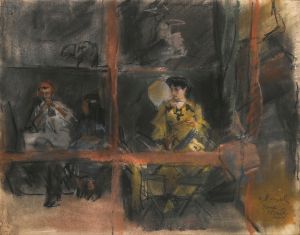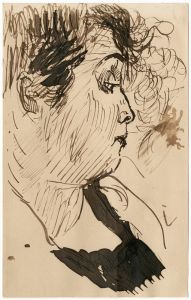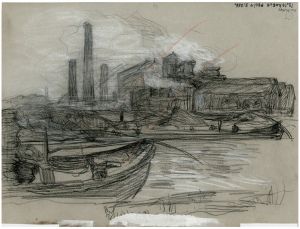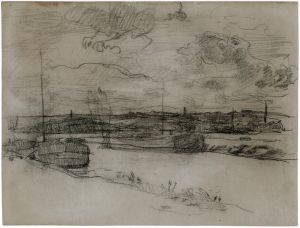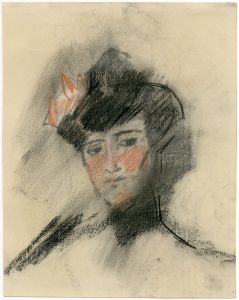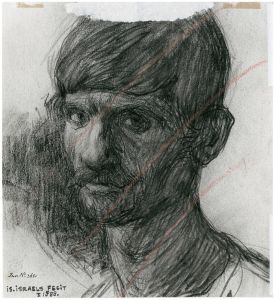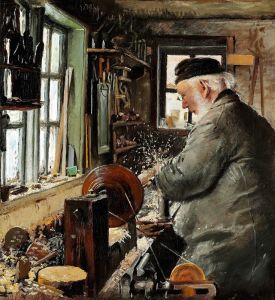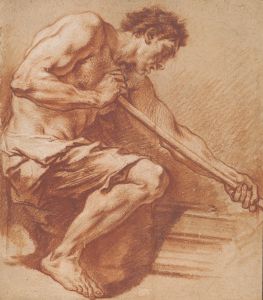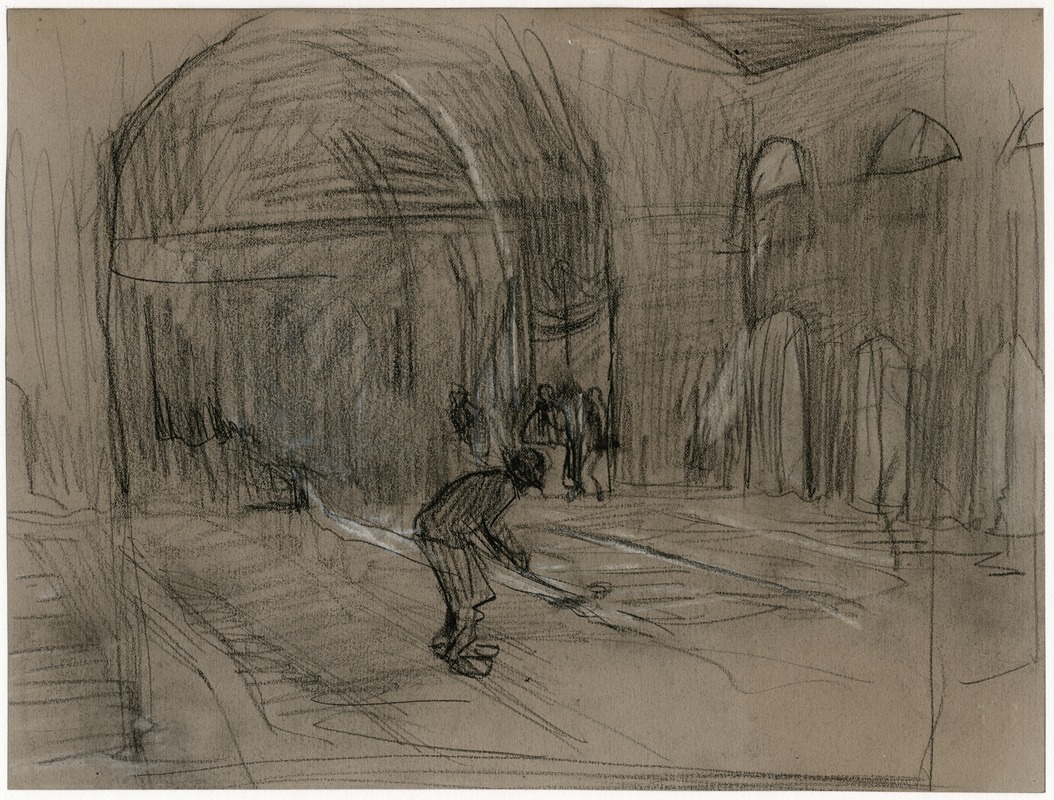
Interieur van een glasblazerij 2
A hand-painted replica of Isaac Israëls’s masterpiece Interieur van een glasblazerij 2, meticulously crafted by professional artists to capture the true essence of the original. Each piece is created with museum-quality canvas and rare mineral pigments, carefully painted by experienced artists with delicate brushstrokes and rich, layered colors to perfectly recreate the texture of the original artwork. Unlike machine-printed reproductions, this hand-painted version brings the painting to life, infused with the artist’s emotions and skill in every stroke. Whether for personal collection or home decoration, it instantly elevates the artistic atmosphere of any space.
Isaac Israëls, a prominent Dutch painter, is known for his contributions to the Impressionist movement, capturing the vibrancy and dynamism of everyday life. One of his notable works is "Interieur van een glasblazerij 2" (Interior of a Glassblowing Workshop 2), which exemplifies his skill in depicting industrial scenes with a keen eye for detail and atmosphere.
Isaac Israëls was born in Amsterdam in 1865, the son of the famous painter Jozef Israëls. He grew up in an artistic environment, which significantly influenced his development as an artist. Israëls was part of the Amsterdam Impressionism movement, which was characterized by its focus on capturing the effects of light and movement, much like the French Impressionists. His works often depicted urban life, including scenes from cafes, streets, and theaters, as well as industrial settings.
"Interieur van een glasblazerij 2" is a painting that showcases Israëls' interest in industrial subjects, a theme that was relatively uncommon among his contemporaries who often focused on more traditional or pastoral scenes. This painting is a vivid portrayal of a glassblowing workshop, capturing the intense labor and skill involved in the craft. The painting is notable for its use of light and shadow, which Israëls employs to highlight the figures of the glassblowers and the glowing furnaces that are central to the glassblowing process.
In this work, Israëls demonstrates his ability to convey the atmosphere of the workshop, with its bustling activity and the interplay of light reflecting off the glass and metal surfaces. The composition is dynamic, drawing the viewer's eye through the space and focusing on the workers' concentration and dexterity. Israëls' brushwork is loose and expressive, typical of his Impressionist style, which allows him to capture the fleeting moments of movement and light within the workshop.
The painting is also significant for its social commentary. By choosing to depict a glassblowing workshop, Israëls highlights the industrial labor that was a crucial part of the economic landscape during his time. This focus on the working class and their environments was a departure from the more genteel subjects often favored by artists of the period. Israëls' work provides a glimpse into the lives of the workers, emphasizing their skill and the beauty inherent in their craft.
"Interieur van een glasblazerij 2" is a testament to Israëls' ability to find beauty in unexpected places and to elevate the everyday experiences of ordinary people. His work remains an important part of the Dutch artistic heritage, offering insights into the social and economic conditions of the late 19th and early 20th centuries.
Isaac Israëls continued to paint until his death in 1934, leaving behind a legacy of works that capture the essence of his era. His paintings are celebrated for their lively compositions and their ability to convey the energy and spirit of the scenes they depict. "Interieur van een glasblazerij 2" is a fine example of his talent and his contribution to the Impressionist movement, reflecting both his technical skill and his empathetic approach to his subjects.





